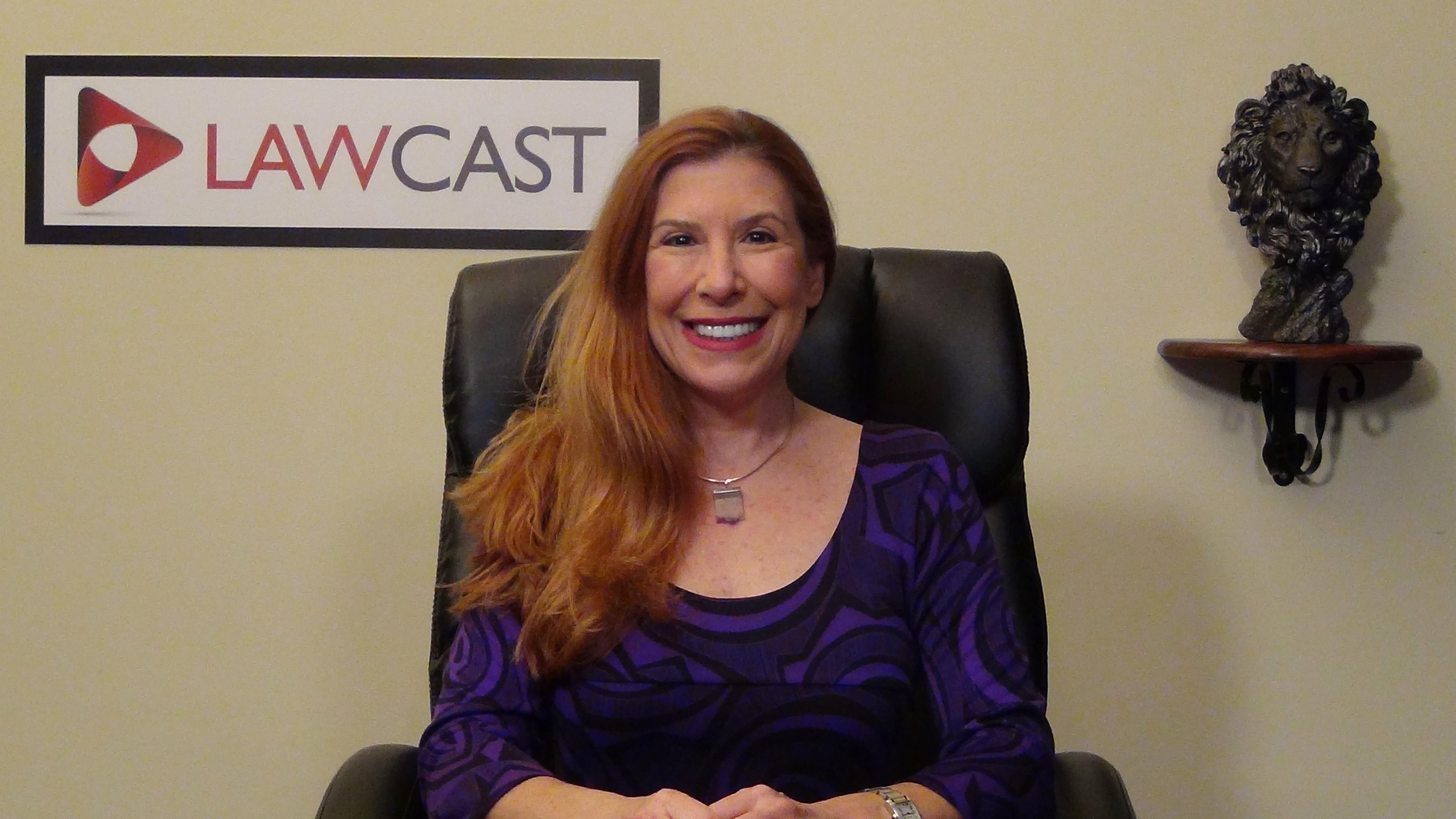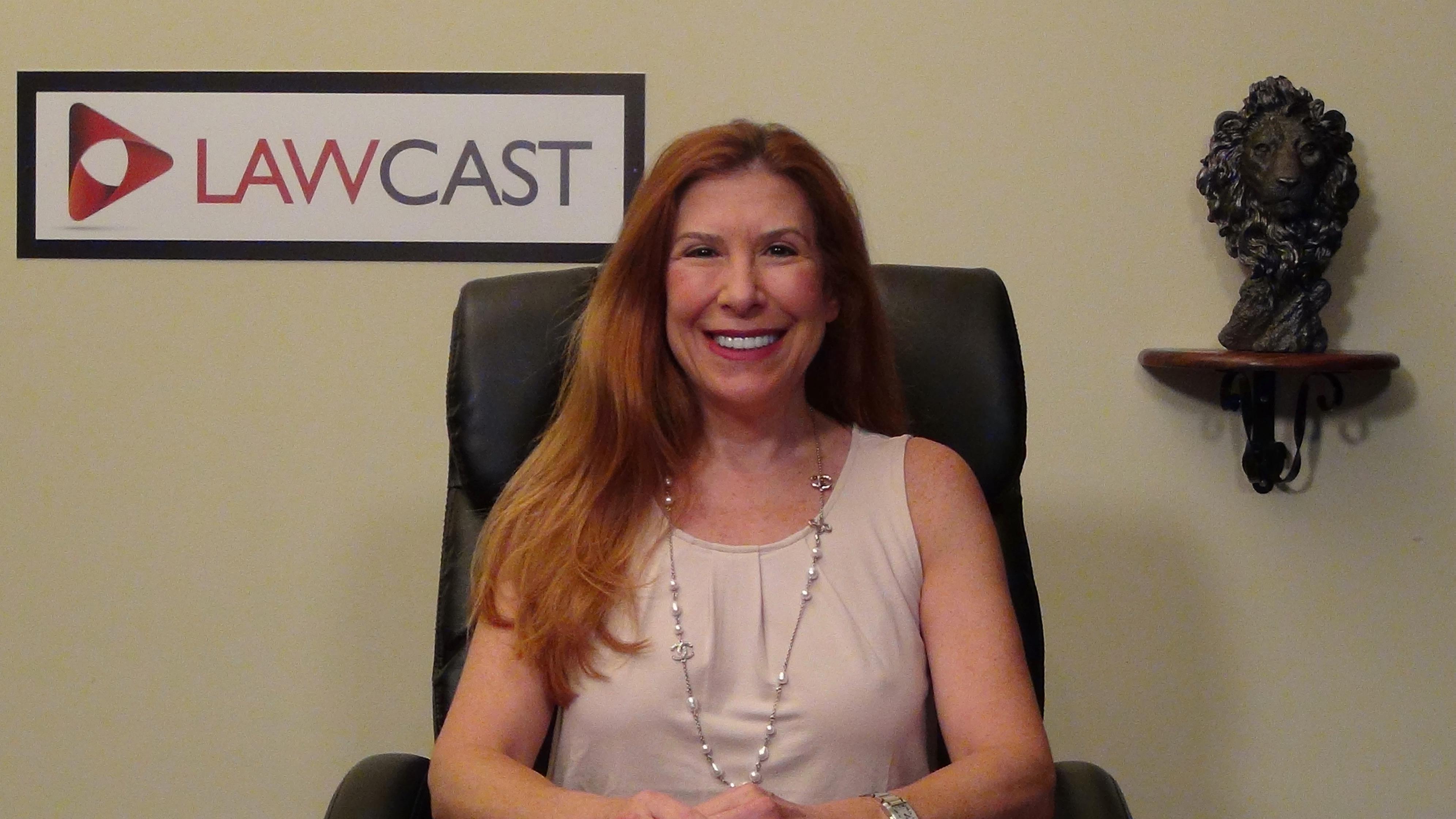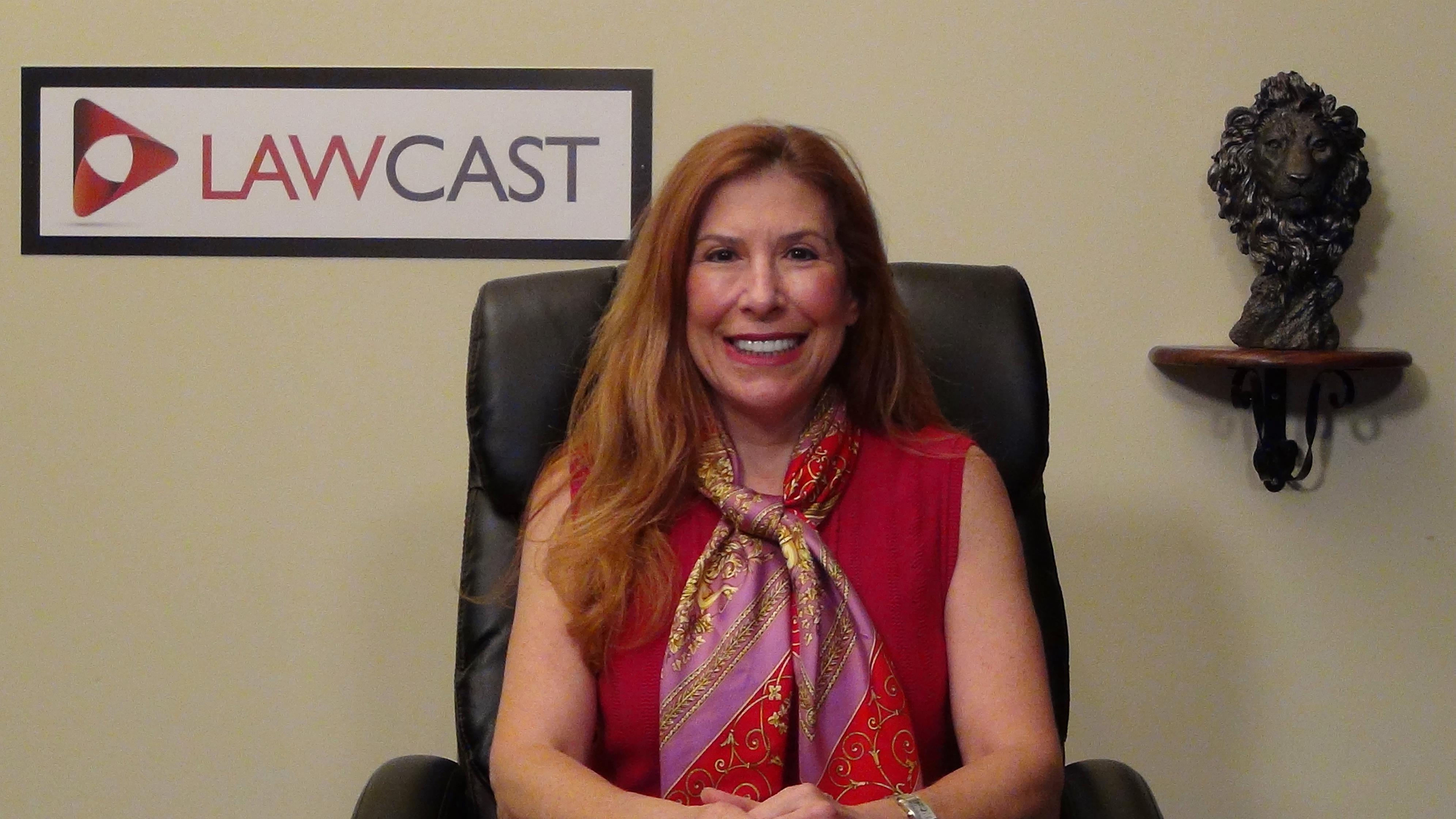Rule 506(c) Exemption
Rule 506(c) Exemption- Only Accredited Investors May Invest In A Rule 506(c) offering- In prior Lawcasts in this series I have talked about the fact that only accredited investors may invest in a Rule 506(c) offering and that the company has an obligation to reasonably verify such accredited status.
Today, I’m going to talk about what those reasonable verification steps include. Although the SEC has stated that a company can take any reasonable steps under the facts and circumstances, they have included a non-exclusive list of acceptable steps in the Rule itself, giving companies, and practitioners, a firm foundation for creating industry practices.
First, in considering what is reasonable under the facts and circumstances, the company should consider (i) the nature of the purchaser and type of accredited investor – so for example, a well-known institution, broker dealer, or bank would likely be accredited and not require much if any additional verification, whereas a person claiming to be accredited based on net worth or income would require a more indepth review; (ii) The amount and type of information that the issuer has about the purchaser. Clearly, the more information, the better. The SEC lists the obvious (W-2; tax returns; letters from a bank or broker dealer). Moreover, although not required, it is assumed that an issuer should at least conduct a check of publicly available information; and (iii) the nature and terms of the offering – for example SEC is an offering conducted by soliciting preapproved accredited investor lists from a reasonably reliable third party, vs. open-air solicitation via social media or television or radio advertising, where you would have to do much more to verify accredited status.
The more information a company has evidencing that a prospective purchaser is accredited, the fewer additional steps it will have to take to verify the status, and vice versa. Examples of the type of information that companies can review and rely upon include:
(i) Publicly available information in filings with federal, state and local regulatory bodies (for example: Exchange Act reports; public property records; public recorded documents such as deeds and mortgages)
(ii) Third-party evidentiary information including, pay stubs, tax returns, and W-2 forms
(iii) Third-party accredited investor verification service providers and other trusted third party sources – which by the way has become the industry standard for verification;
The SEC rule has also included 4 specific acceptable methods for verifying an individuals accredited status, which include (i) a review of copies of IRS forms such as W-2’s, K-1’s etc; (ii) a review of bank statements, brokerage statements and the like together with a written representation regarding liabilities ; (iii) a written confirmation from the persons broker, investment adviser, attorney, or CPA; or (iv) a written certification from an existing accredited investor if they have previously invested in a 506 offering with the company – all of which must be less than 3 months old.







